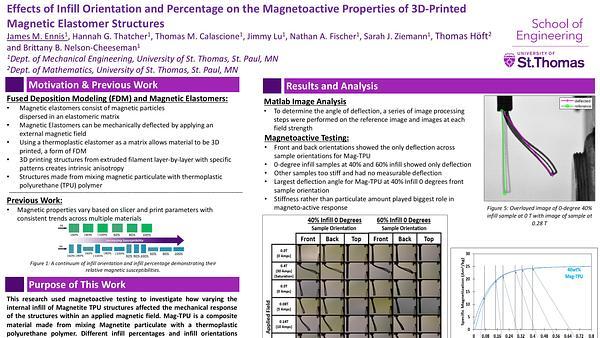Would you like to see your presentation here, made available to a global audience of researchers?
Add your own presentation or have us affordably record your next conference.
High-entropy alloys (HEAs), instead of employing one or two main constituents like in traditional alloy development, adopt a different design concept where it combines a blend of multi-principal elements in large concentrations. This design idea enables them with large values of configurational entropy of mixing and a vast compositional space which offers a huge window of exploration opportunities.
Magnetocaloric HEAs have been limited to low-temperature range or showing sub-par performance till recent extensions to the first-generation equiatomic HEA design approach have been devised 1, 2. The magnetocaloric performance of equiatomic magnetocaloric HEAs heavily depends on the choice of element selection and thus the likelihood of relying on the rare-earth (RE) elements due to their intrinsic large magnetic moments. Extending beyond the equiatomic point towards non-equiatomic in the HEA region combined with directed search strategies, overcomes the above-mentioned limitations of magnetocaloric HEAs: the low temperature limit is improved (48 % increase as displayed in Fig 1) and ≥ 5-fold performance enhancement (Fig 2) 3-5. In this talk, we will show the various design strategies of magnetocaloric HEAs and how to tackle the vast HEA space to tune for the desired magnetocaloric properties.
Work supported by Grant PID2019-105720RB-I00 funded by MCIN/AEI/ 10.13039/501100011033. Additional support ConsejerÃa de EconomÃa, Conocimiento, Empresas y Universidad de la Junta de AndalucÃa (grant P18-RT-746), US Air Force Office of Scientific Research (FA8655-21-1-7044) and Sevilla University under VI PPIT-US program.
